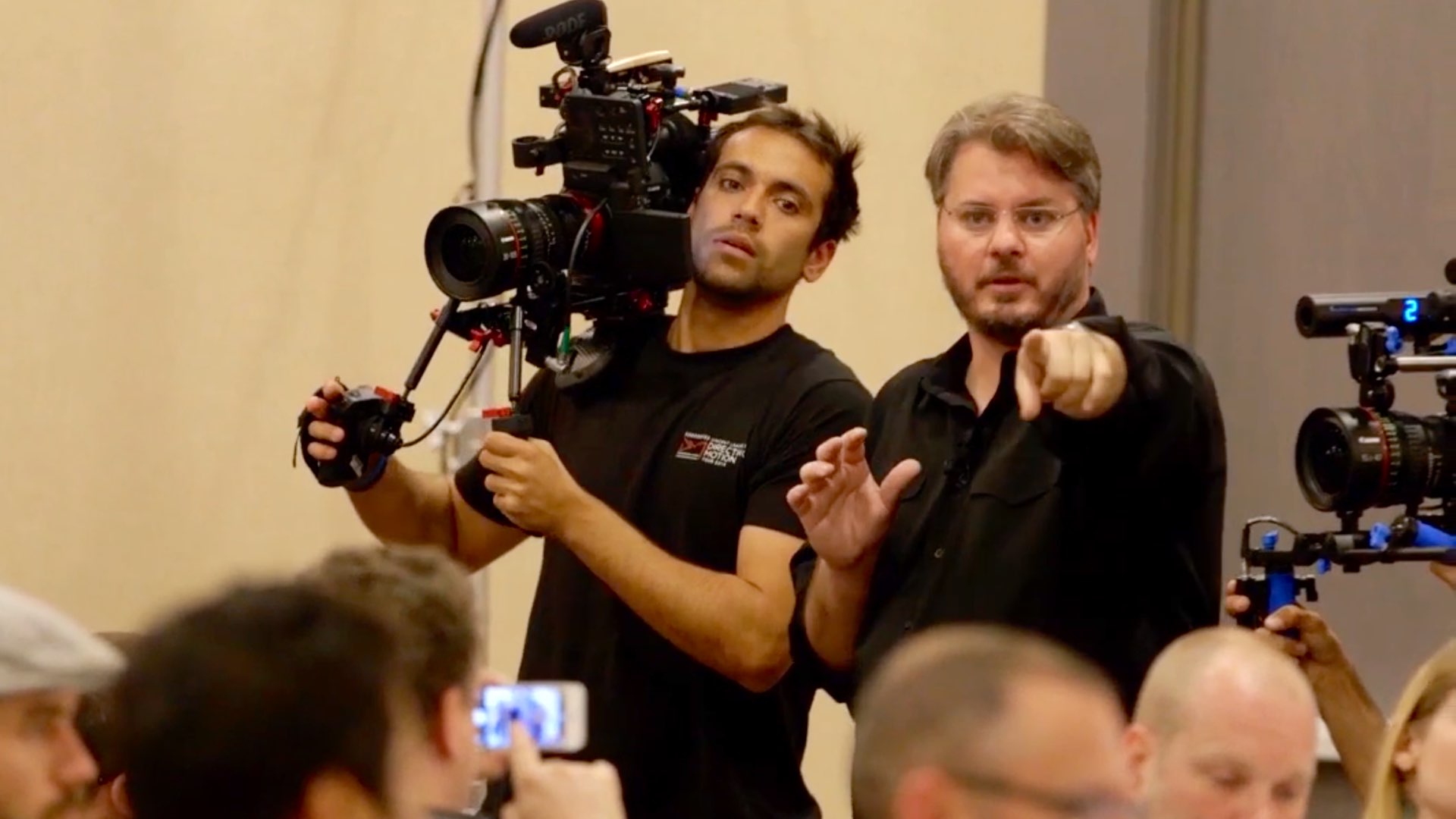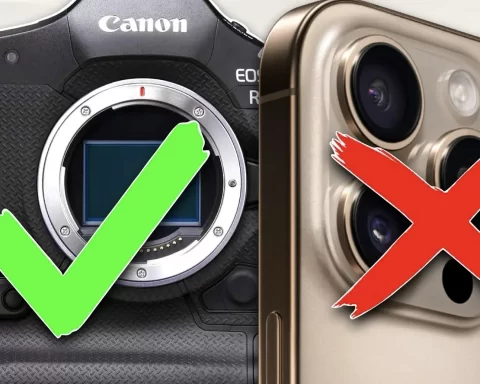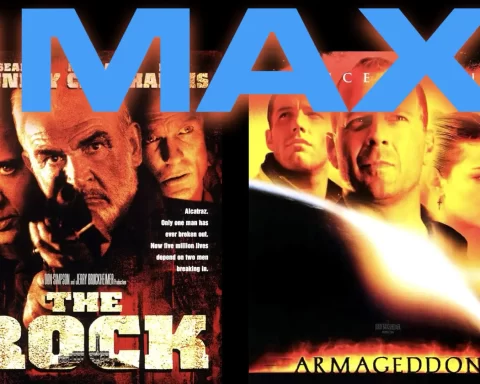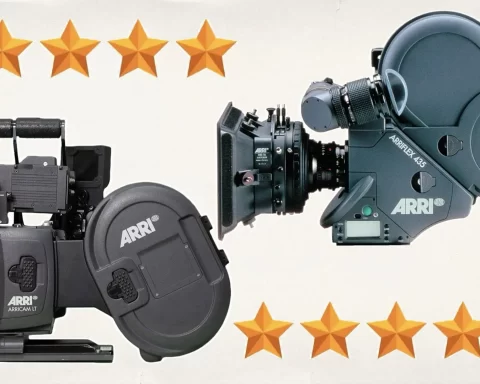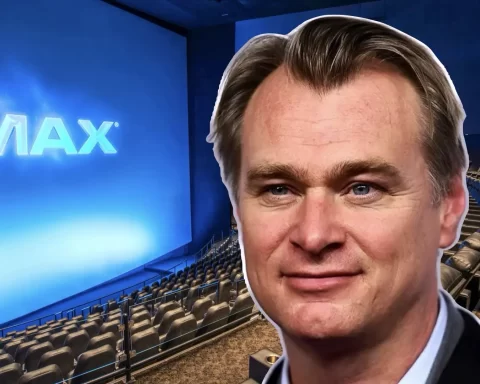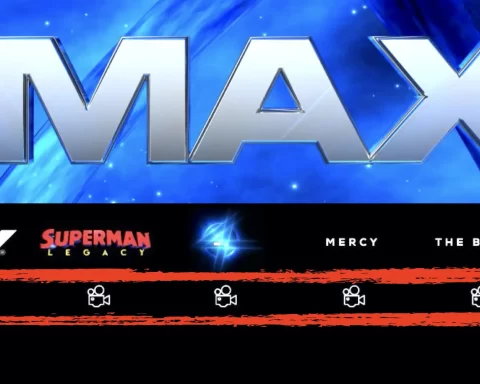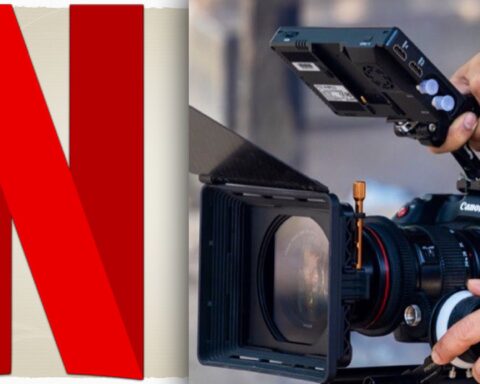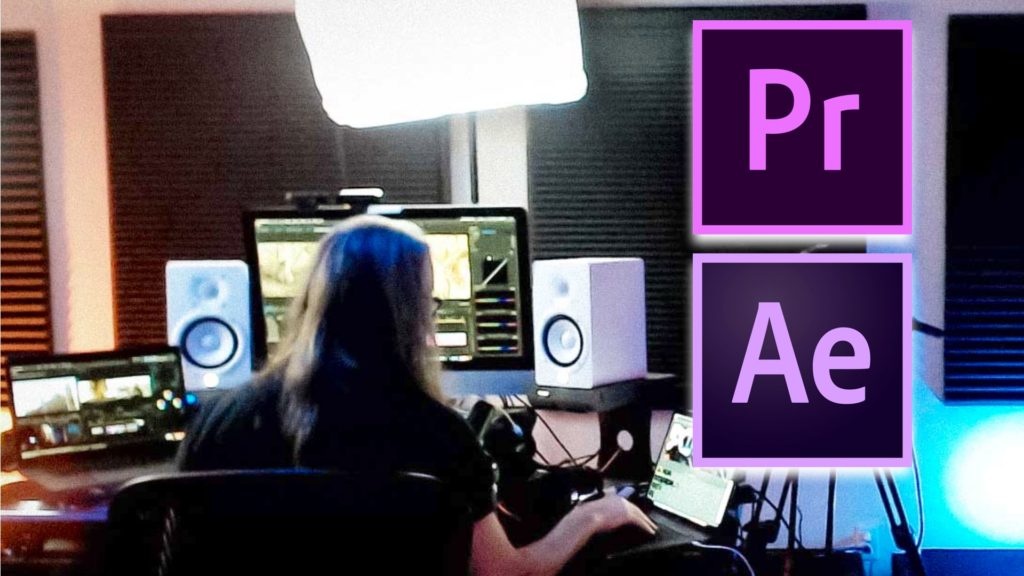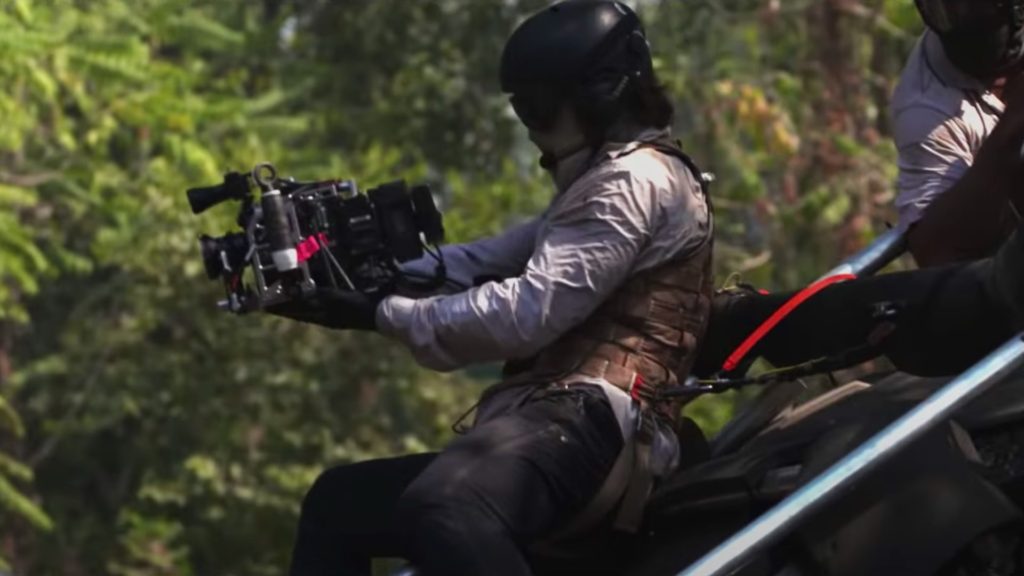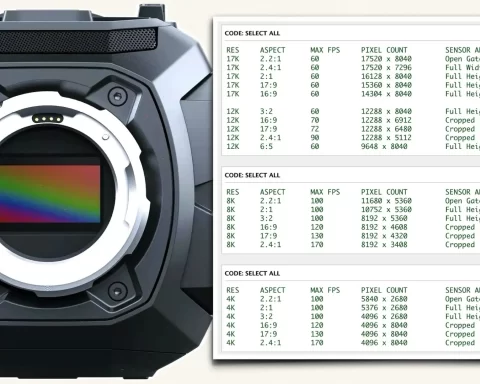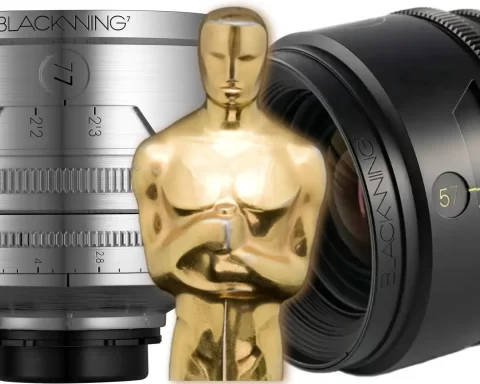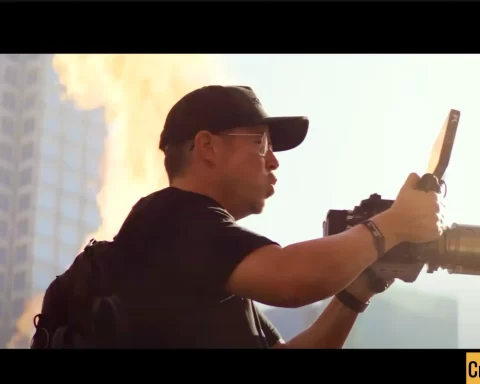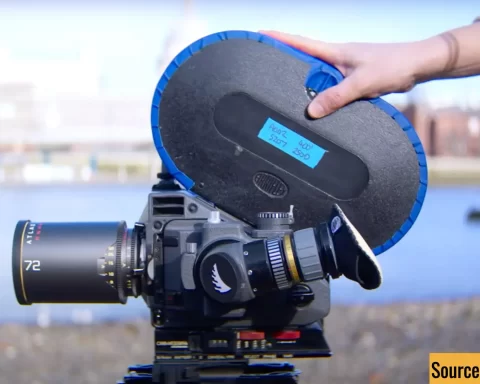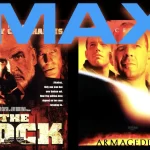We can start by concluding that Vincent Laforet’s Directing Motion, is one of the most practical courses on MZed. Be prepared to learn the secrets on how to create the correct motion for your story. Read our in-depth review below.
Vincent Laforet’s Directing Motion
Although this course is not new on MZed which is an educational platform for filmmakers, it contains relevant information, tips, tricks and vital slices of educational content that any filmmaker/ cinematographer/ content creator can utilize to elevate and enhance its storytelling capabilities. The course is actually a live workshop which is great, so you can watch it on your own pace to maximize and sharpen your professionalism. We watched the whole course. Read our thoughts below about Vincent Laforet’s Directing Motion course.
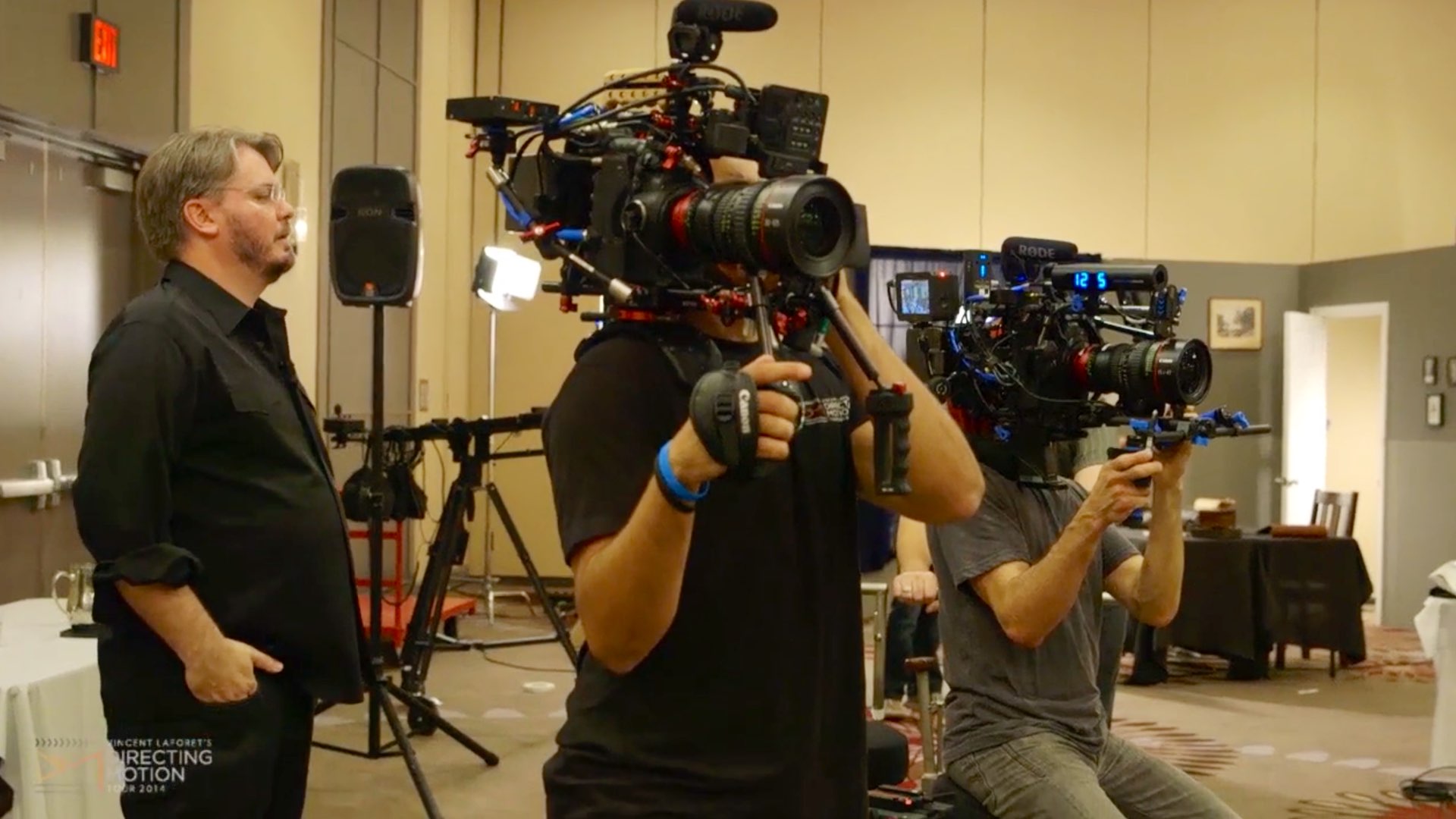
Camera motion as a methodology in modern filmmaking
We’re living in an era of enhanced and numerous technical camera stabilizers. The technology gives camera manufacturers the privilege of developing sophisticated cameras with a more compact size. Furthermore, the same technology allows designing advanced stabilizers and gimbals. We have the MoVI, Glidecam, Trinity and everything else in between. The technology allows us, filmmakers, to choose the accurate camera kinetics and movement for our shots. The possibilities are endless. However, one should know and understand the method behind it and not overused it so it won’t be overkill. On one hand, camera movement can be defined as science. Nevertheless, it’s not unambiguous. The director together with the cinematographer must decide what serves the story best. We can assure you that this course will help you to choose the right kinetic approach for your film.
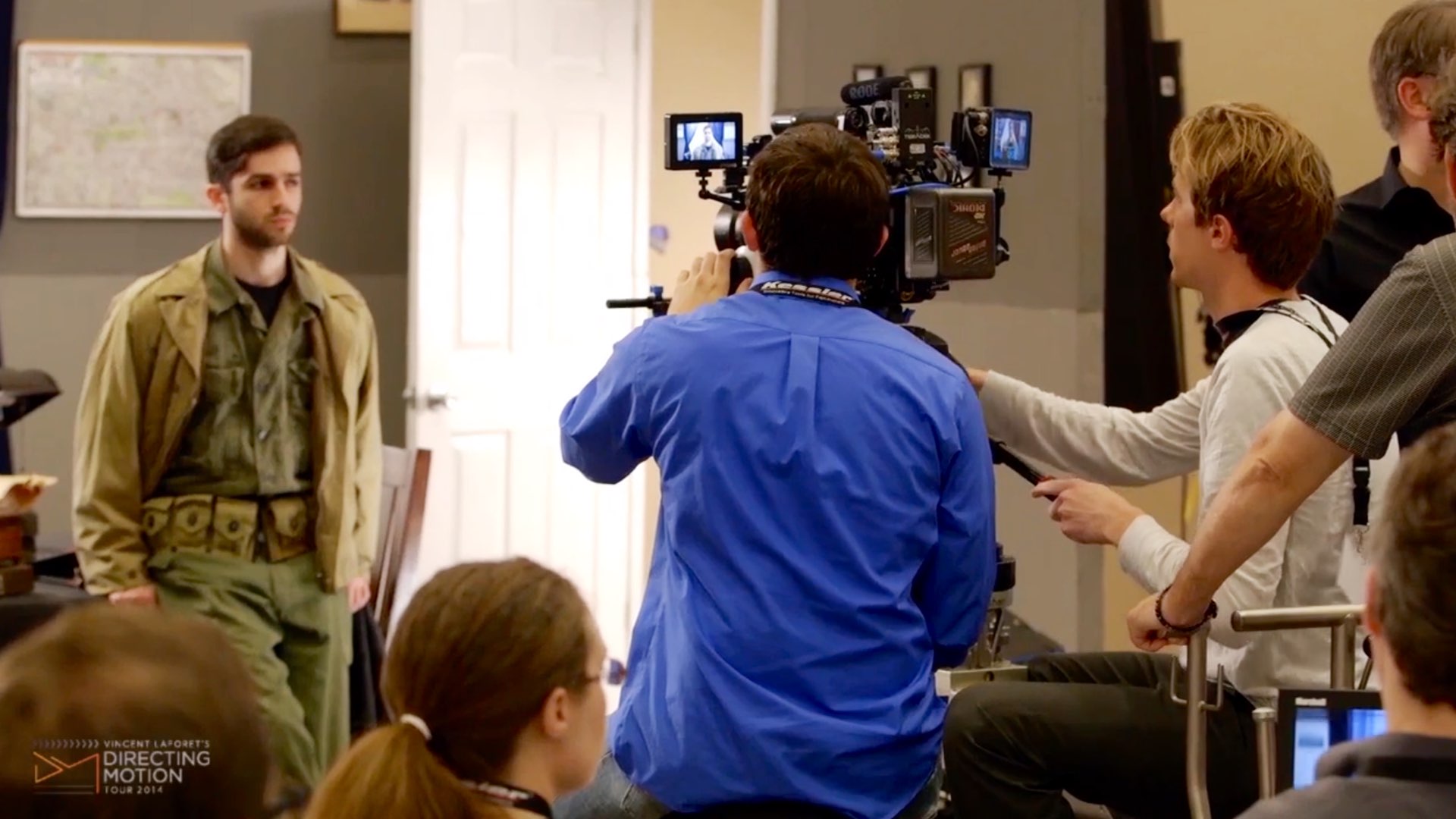
Camera movement can be defined as science. Nevertheless, it’s not unambiguous. The director together with the cinematographer must decide what serves the story best
There are other factors as well: From motion to emotion
As explained and well demonstrated in the course by excellent references and workshops, camera movement is one of those many other factors that filmmakers have to take into consideration. It’s not so smart to grab a MoVI and just run with it to create kinetics. Everything has to be calculated accurately and planned in advance. Furthermore, an impressive camera motion without proper lighting, script and good directing can harm delivering the massage. Vincent wants you to remember that. The camera motion is another layer that should be well implemented together with other storytelling factors in order to amplify the audience’s emotion. This concept is well presented by wonderful movies (new and old). The methodology of the long-take is also well explained and analyzed accompanied by extraordinary references (Goodfellas, Schindler’s List, Children of Men and more). We’re pretty sure that 1917 would be on that list if this course was brand new:-) However, we’ve covered this technique in dedicated articles so feel free to read them (Roger Deakins Explains the Cinematography Challenges Behind 1917, and 1917 Movie Review: One (Too) Long (Boring) Take in an Overrated Film).

It’s not so smart to grab a MoVI and just run with it to create kinetics. Everything has to be calculated accurately and planned in advance
Building a scene from scratch
Vincent Laforet’s Directing Motion is a live workshop that was recorded. We believe that workshops are best for presenting the practicals. You’ll explore how a scene is being built from scratch, including the final cut, which is a very exciting and educating process. You will be exposed to the nuts and bolts of directing and shooting an action scene by utilizing camera movements and crew. You will learn the logic behind the right move for a specific scene and how to direct and lead the scene.

You’ll explore how a scene is being built from scratch, including the final cut, which is a very exciting and educating process
Course information
The Educator: Vincent Laforet
Vincent Laforet is among the influential pioneers working in film and contemporary photography today. His work includes iconic and inventive commercials for brands including Apple and Nike, as well as photography for magazines such as National Geographic, Vanity Fair, and Sports Illustrated.
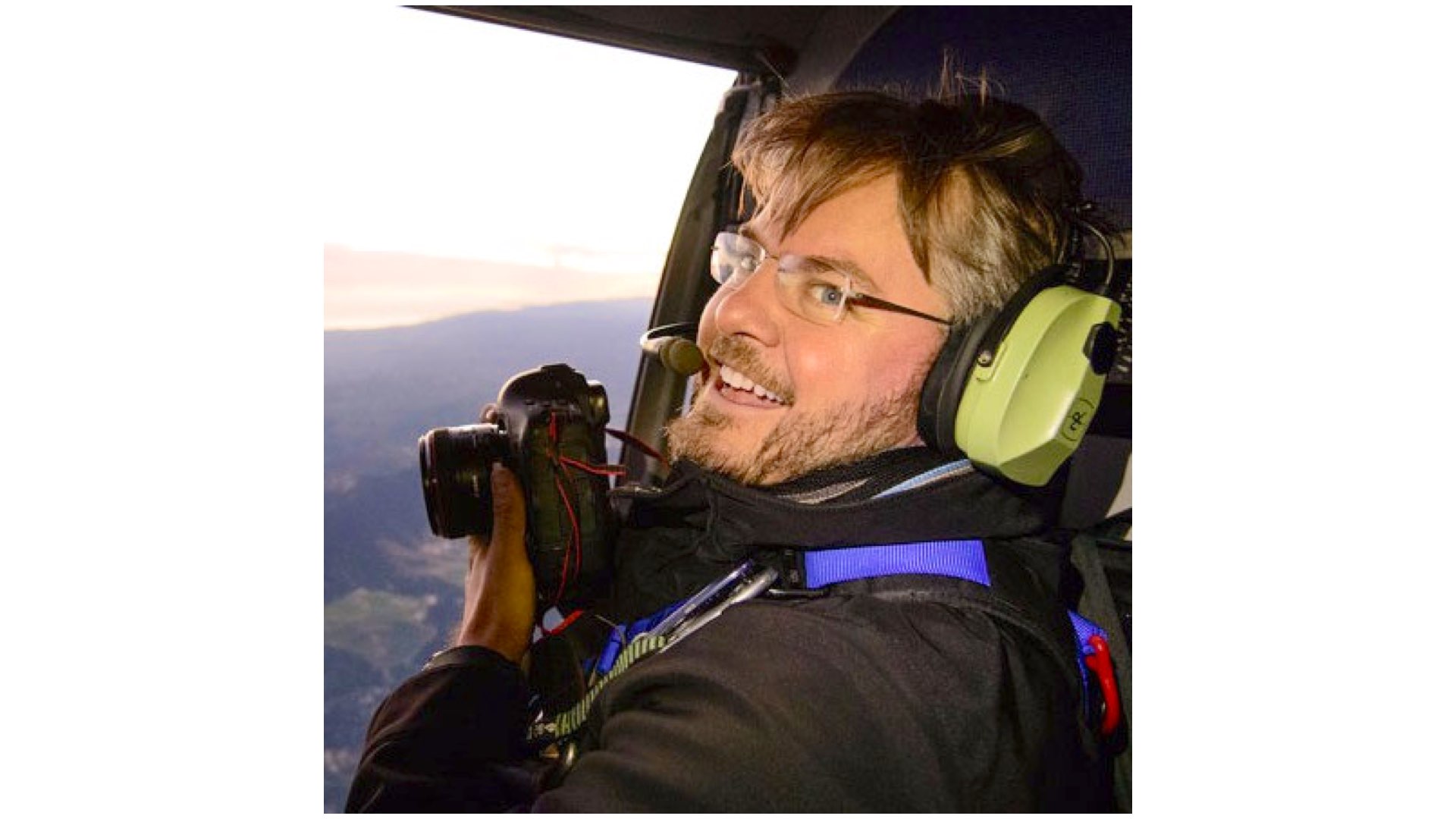
Course structure
The course is divided into 9 modules (6 hours and 30 minutes in total). Here are the modules:
- The Language of Camera Motion: Introduction to Directing Motion and a brief history of the evolution of cinematic motion. Outlining the tools to energize the frame and further immerse the audience. Understanding the language of camera motion and how to describe basic and complex camera moves in both 2D and 3D space.
- Live Demo: Introduction to Motion: From simple moves like a slide to reveal to complex coordinated movements like a zoom-dolly or “Zolly”, Vincent shows how to execute these moves on both Hollywood level production equipment as well as a more accessible alternative.
- How, When and Why to Move the Camera: We continue our study of camera motion as Vincent guides us through more complex moves. The utilization of camera motion to satisfy coverage principles, touch on actor blocking and movement within the frame, and discussion motivated versus unmotivated movement and when it is acceptable and appropriate to use the latter.
- Live Demo: Universal Rules of Coverage: Recreation of a scene from Spielberg’s masterpiece, Shindler’s List. Principles of coverage, and how to shoot a scene to make it more engaging before looking at a clear definition of roles on a film set. Approaching and directing actors in both pre-production and onset.
- Constructing Scenes to Engage: The examination of complex and combined camera movements, with the emphasis on sequencing to create an effective and engaging scene. The concept of a moving master shot, and when to not move the camera, before finishing with a director’s script breakdown.
- Live Demo: Dynamic TV-Style Action Scene: For the final live shoot of the course Vincent teaches and demonstrates episodic-style multi-camera shoot firstly using a Steadicam stabilizer, then to shoulder-mounted before ending with a gimbal-mounted shot.
- One-Shot Wonders: Demonstration of one-shot sequences where multiple scenes are linked in a single take, using intricately choreographed cinematography and camera motion. Explanation of how camera and actors are used to make every frame dynamic and energized, to heighten the audience’s enjoyment of the piece.
- Post Production of Live Demos: Demonstration of the editing process of the three live shoots from the course, including quick shortcuts for creating a multi-camera sequence in Adobe Premiere Pro.
- Case Study: Nike TVC: The process for a high-end corporate commercial based on Vincent’s work on the Nike Flyknit TVC. He explains his steps from conception through the proposal and bid, budgeting, storyboarding and execution, sharing his tips for success and hard-won lessons.
Costs
Each module costs $79. However, you can purchase MZed Pro account for $299 and get a full year’s streaming access to the MZed Pro library to watch as many times as you like. Furthermore, during April, when you purchase an MZed Pro membership you’ll also receive another MZed Pro membership as a gift, that you can give to someone else. Read how it works. That means two filmmakers can share the price of one MZed Pro membership.
Click for the course page.
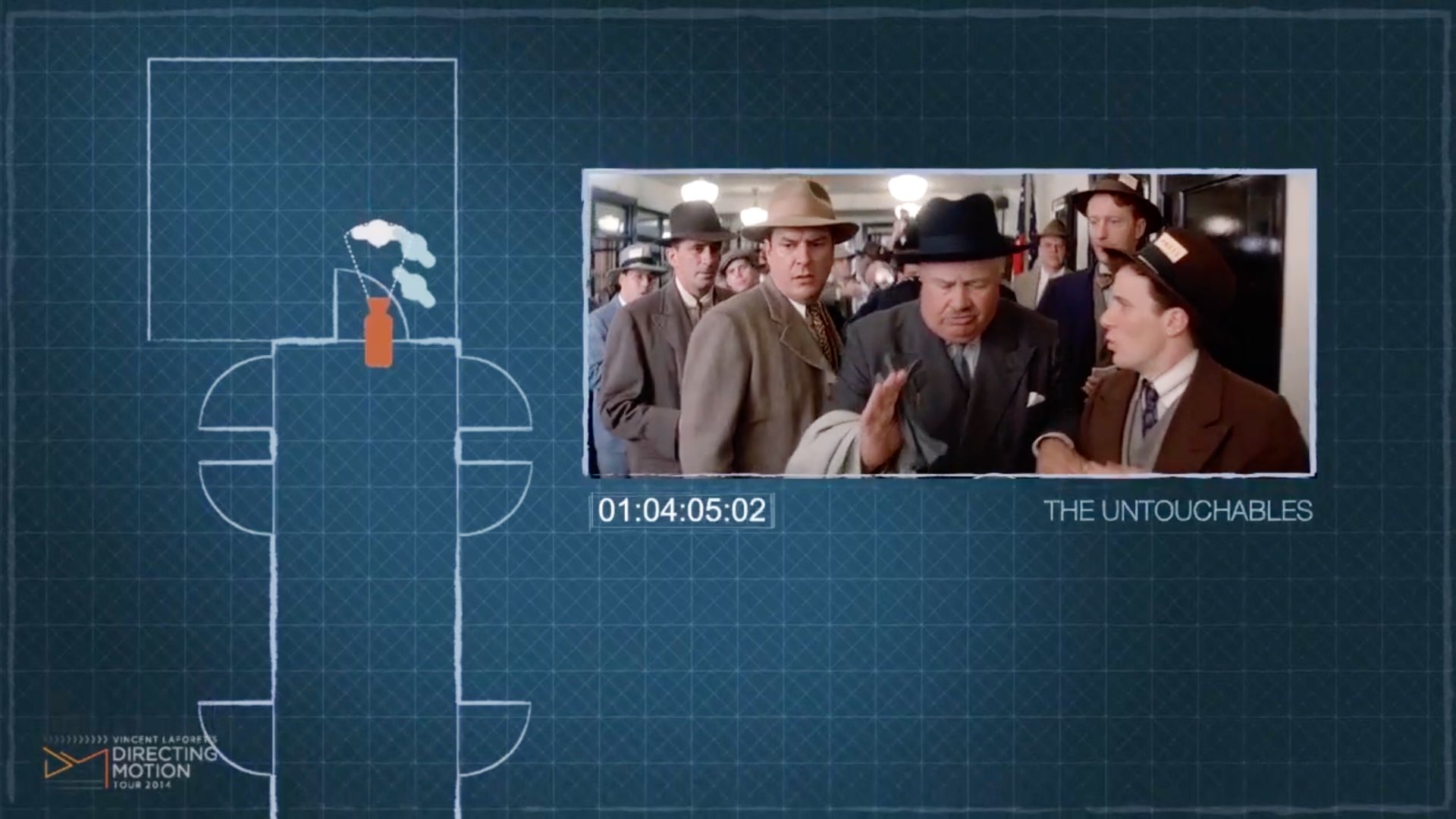
Wrapping up
If you’ve read this far, then you now know that we’re extremely satisfied with this course. In fact, in our opinion, MZed should apply recorded workshops as a super effective educational method for its courses. As stated by MZed:” This course will give you a solid foundation in camera movement, blocking, lensing, and sequencing, and show you how to direct any crew precisely and effectively to execute your vision”. We can confirm that mission accomplished.
Click for the course page.
Read our in-depth reviews on MZed courses.
Have you taken the course? Do you agree with our insights and opinions? Let’s hear your thoughts and how this course contributed to your abilities as filmmakers.

